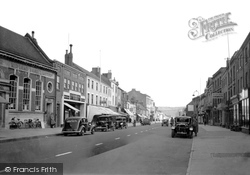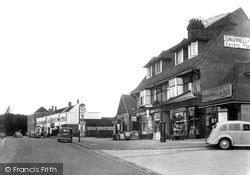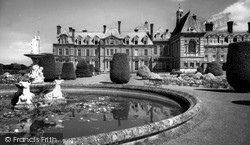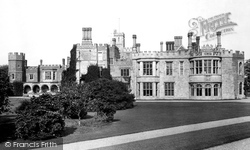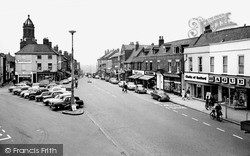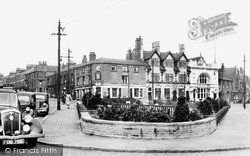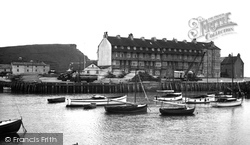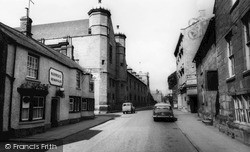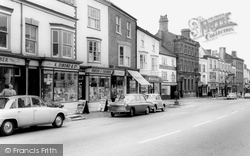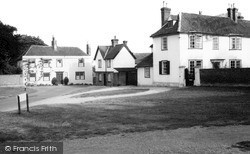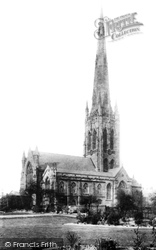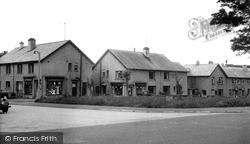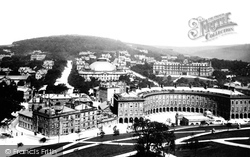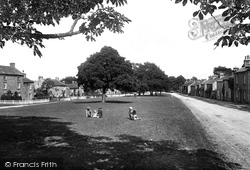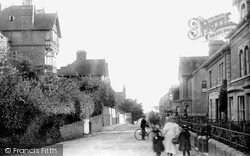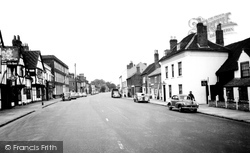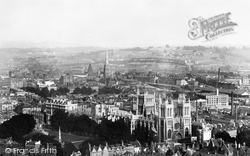Places
36 places found.
Those places high-lighted have photos. All locations may have maps, books and memories.
- Pentre-cwrt, Dyfed
- Pentre Halkyn, Clwyd
- Pentre, Mid Glamorgan
- Ton Pentre, Mid Glamorgan
- Pentre, Powys (near Llangynog)
- Pentre, Powys (near Guilsfield)
- Pentre, Powys (near Bishop's Castle)
- Pentre, Clwyd (near Mold)
- Pentre, Clwyd (near Ruabon)
- Pentre, Shropshire (near Chirk)
- Pentre, Clwyd (near Hawarden)
- Pentre, Dyfed (near Pontyates)
- Pentre, Powys (near Newtown)
- Pentre, Clwyd (near Chirk)
- Pentre, Clwyd (near Ruthin)
- Pentre, Clwyd (near Mold)
- Pentre, Shropshire (near Oswestry)
- Pentre, Powys (near Welshpool)
- Pentre, Clwyd (near Mold)
- Pentre, Shropshire (near Forton)
- Burntwood Pentre, Clwyd
- Pentre Berw, Gwynedd
- Pentre Hodre, Shropshire
- Pentre Llanrhaeadr, Clwyd
- Pentre-celyn, Clwyd
- Pentre Broughton, Clwyd
- Pentre Gwynfryn, Gwynedd
- Pentre Maelor, Clwyd
- Pentre-clawdd, Shropshire
- Pentre Galar, Dyfed
- Pentre Llifior, Powys
- Pentre-cefn, Shropshire
- Pentre-Gwenlais, Dyfed
- Pentre-Poeth, Dyfed
- Pentre Cilgwyn, Clwyd
- Pentre Morgan, Dyfed
Photos
98 photos found. Showing results 2,501 to 98.
Maps
316 maps found.
Books
2 books found. Showing results 3,001 to 2.
Memories
1,250 memories found. Showing results 1,250 to 1,250.
Captions
3,594 captions found. Showing results 3,001 to 3,024.
The closest parked cars on each side are Humbers, with a Riley 9 further along the north side of the street (centre).
This view of the somewhat architecturally amorphous centre has the station, renamed Chalfont and Latimer in 1915, out of view to the right.
In recent years it has had a new lease of life as a hotel and conference centre.
Hinchingbrook House is now home to the Sixth Form Centre of Hinchingbrook School, and is open to the public every Sunday afternoon in the summer.
The prosperous Georgian feel of the town originates with the presence of the castle and with its role as a market town and agricultural centre.
They were much appreciated until 1972, when a roundabout replaced them at the time of the building of the Arndale Centre.
The view is south-eastwards to the Bay House Cafe and East Cliff (centre).
School Lane is just beyond the pub and the lane opposite leads to the Manor House (now the Thring Centre).
The Black Lion Hotel, the lower white building in the centre of the photograph, was demolished soon afterwards to allow New Street to enter the High Street.
The Floral Hall and Theatre complex continue to provide a conference and concert centre of national importance.
The large building in the centre was formerly known as the Angel Inn and, as the sign above the door still testifies today, was 'Licensed To Let Post Horses'.
Here we approach East Ham's town centre along the busy North Circular Road, which seems in places merely a casual linkage of suburban roads.
The dome belongs to Antiquarius, the well-known antiques centre, and the vast block of flats in the distance is the 1930s eleven-storey Whitelands House.
It has an air of quiet elegance in the centre of this bustling town.
The site of the Parish Church was a natural centre for a settlement, on raised ground overlooking the ancient ford over the Mersey.
Taylors (centre) have a double-fronted shop, a sign that electrical goods and electricians are increasingly in demand. There is a recreation ground (right) and some motor traffic.
In the centre is the magnificent 154ft diameter dome of the Great Stables and Riding School, at the time the largest unsupported dome in the world, while to the right in the background is the Palace Hotel
The centre is overlooked by the 1100ft- high Witton Fell, and on the green is a huge boulder brought down by 20 horses in 1859.
Behind the conifer is now the Council's Arena Leisure Centre.
Looking southwards through the desirable heart of the town`s northern suburb, we can see No 50 further down the street (left of centre) and Nos 53 to 59 (far right) on the other side.
Deep shadows engulf the Greyhound Hotel (left), with the Town Hall behind, in this lunchtime view westwards to Colmer`s Hill (centre).
Built around 1720 for Charles Eeles, a timber merchant, it was wittily named Woodville House until 1907 when it was enlarged by six identical bays to the right and the doorcase moved to the centre.
In the face of vastly expensive fitness centres, it is highly unlikely that such a phenomenon will be seen again.
In the centre of the picture, to the left of the church spire, is one of the cone-shaped furnaces of a glassworks, somewhat akin to the bottlekilns of the Potteries.
Places (57)
Photos (98)
Memories (1250)
Books (2)
Maps (316)




